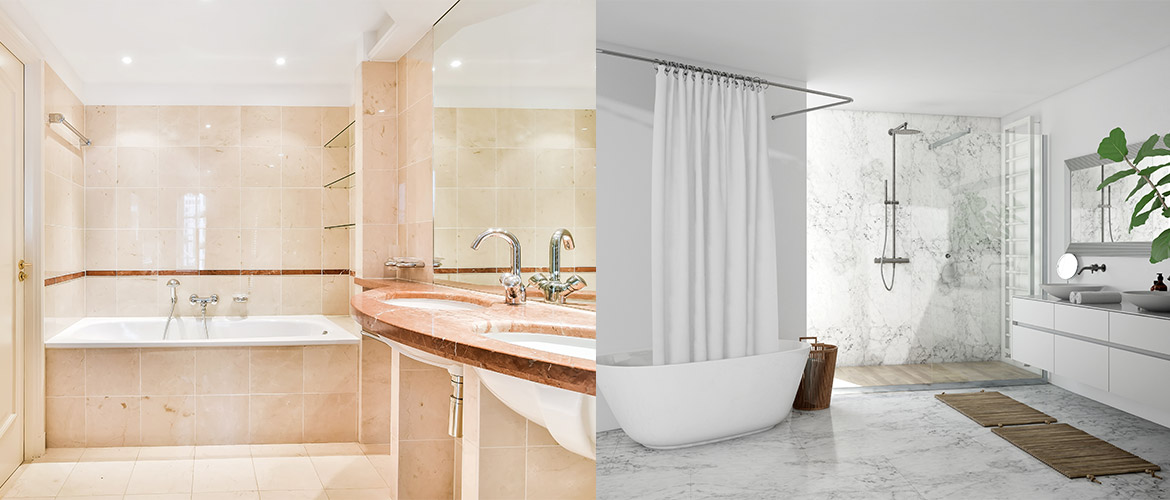
Expert Insights from the Best Porcelain Outdoor Tiles Supplier
Matte, glossy, rectangular, circular – tiles are available in a variety of colours, shapes and designs. One of the most commonly used flooring materials, we’re sure that the majority of homes in the UK use tiles for flooring or walls. Ease of maintenance, high durability, pocket-friendly, ease of installation makes tiles the ideal choices for floors and walls, both inside and outside the home.
As the leading porcelain ceramic supplier in uk, we often get plenty of questions from customers about tiles and their usage. In this guide, we share the top 15 frequently asked questions about ceramic and porcelain tiles and their answers:
1. What is the difference between ceramic and porcelain?

The basic difference between ceramic and porcelain tiles is the way they are produced. Porcelain tiles go through a more controlled manufacturing when compared to standard ceramic tiles.
- Porcelain tiles are made by burning porcelain, silica and other minerals at over 1200 degrees.
- Porcelain tiles are more dense, homogenous and resistant when compared to ceramic tiles.
- They also have a very low water absorption index, and are less porous, making them best suitable for water prone areas.
- They are suitable for high traffic locations like commercial buildings.
Ceramic tiles, on the other hand, are best suited for indoor usage. Due to the slight variations and irregularities, these tiles offer a more aesthetic result when compared to porcelain.
2. What are the common finishes in tiles?
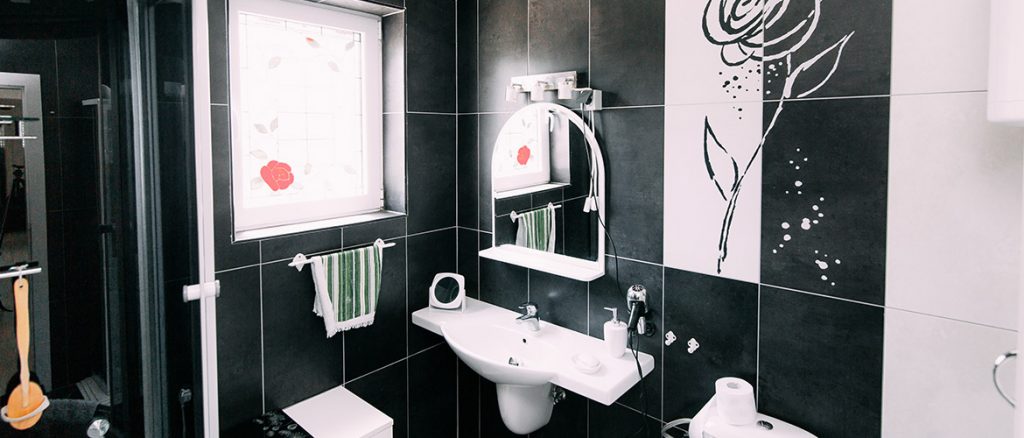
A tile’s finish is the upper surface of the tile. It’s available in the following finishes:
- Polished
- Matte
- Shiny
- Satin
- Or natural
3. Is Ceramic Tile durable?
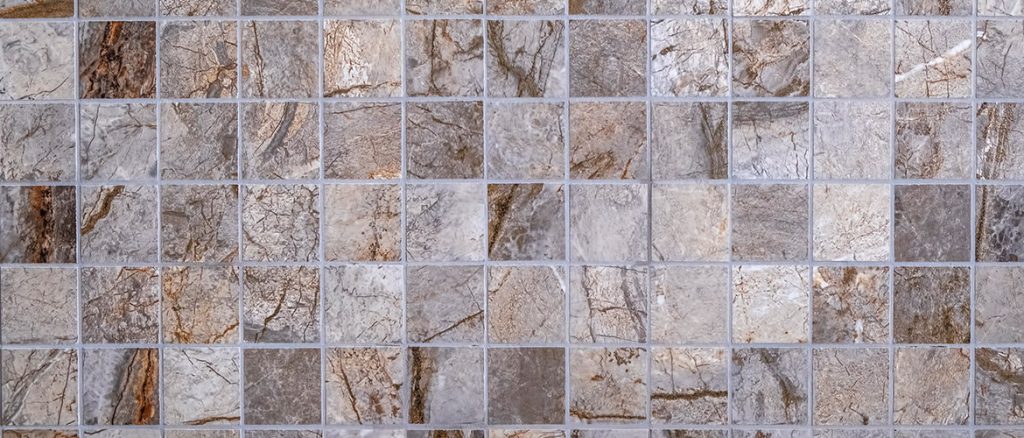
Yes, ceramic tiles are durable, but it depends where you’re installing it. To increase the durability, the base on which the tile will be installed must be stable, flat and without any irregularities. With the right installation, ceramic tiles can easily last for years.
4. How do I calculate the number of tiles required for my project?
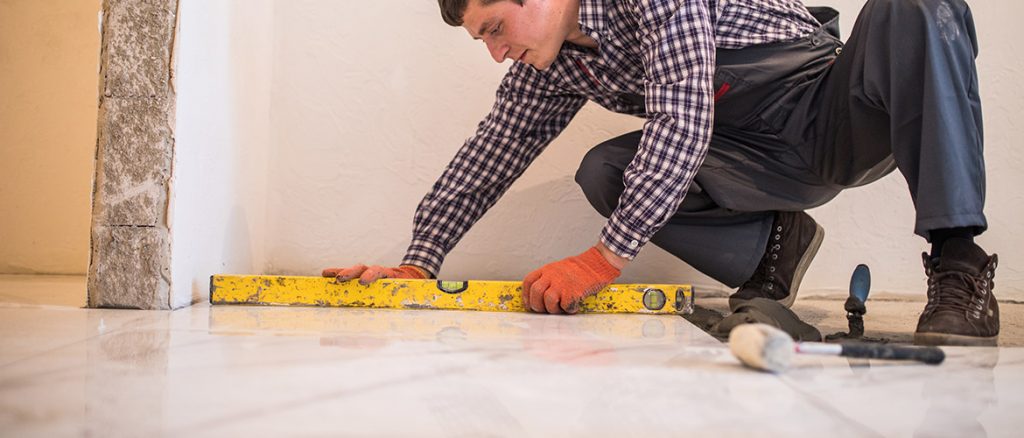
This depends on the area of the space. Ideally, we recommend ordering a few extra tiles than required. This helps you have a handy stash if a couple of tiles break during cutting or installation. Additionally, having a few extra tiles in hand will make it easy to replace with the exact match, if needed later down the line.
5. Can floor tiles be installed on walls and vice versa?
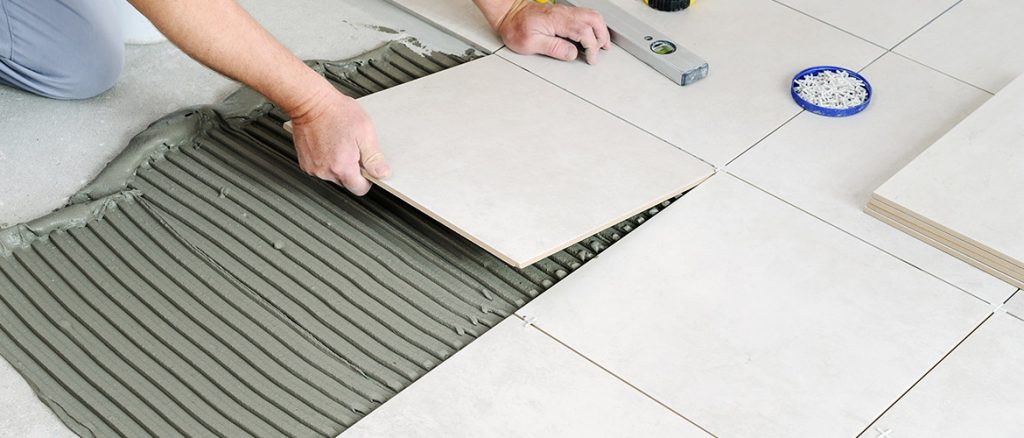
Broadly speaking, any floor tile can be installed on walls. However, the reverse is not appropriate. This is because wall tiles are generally thin and cannot withstand foot traffic. We recommend consulting your porcelain patio tiles supplier in uk for product recommendations and usage instructions.
6. Can I install new tiles on top of existing tile flooring?
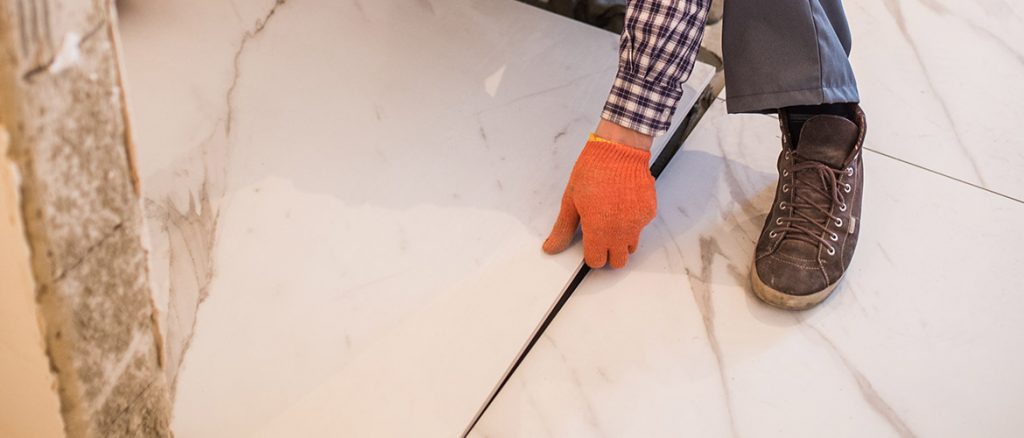
Technically, it’s possible. You can install new tiles on top of existing tile floors if the base floors are installed correctly and are not broken. However, we don’t recommend it. Keep in mind that overlapping tiles raise the height of the flooring, which makes it difficult to open doors normally.
7. Are porcelain tiles non-slip?
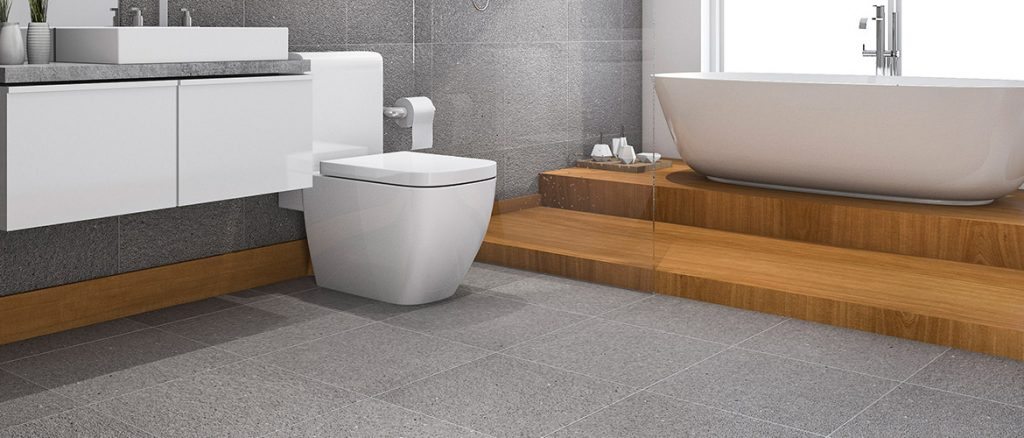
To know whether a porcelain tile is non-slip or not, you need to check the slip resistance factor. The higher this number, the more non-slippery is the tile.
8. How to cut tiles before installation?
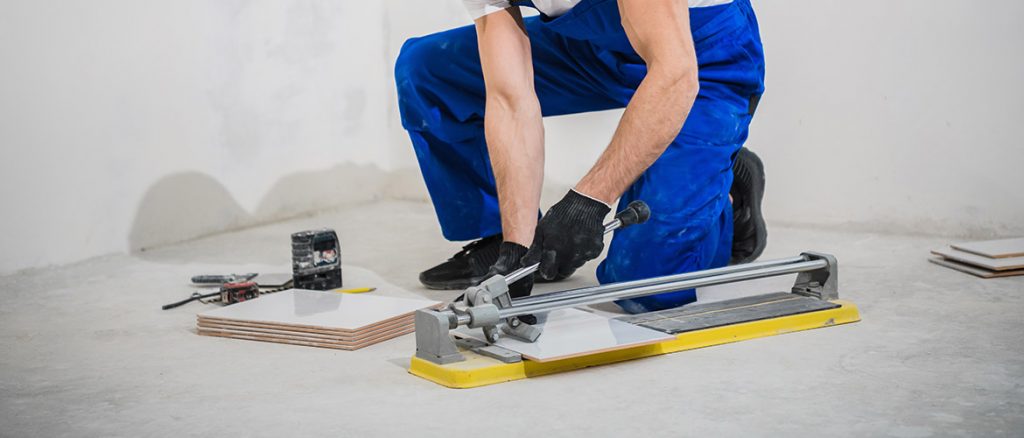
For straight cuts, tile installers use a special tool that first scratches the edges of the tile and then cuts it, creating a clean finish. Tile installers can also use a disk saw for cutting.
9. Can I paint on top of tiles?
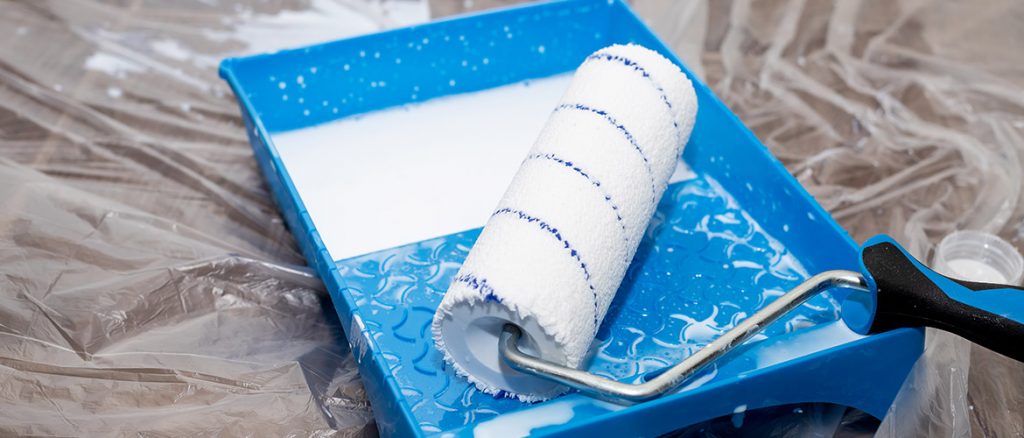
Yes, but not all paints stick on tiles. Most tile manufacturers recommend using epoxy paints that have a better adherence to the tile surface.
10. Which tiles can I use outdoors?
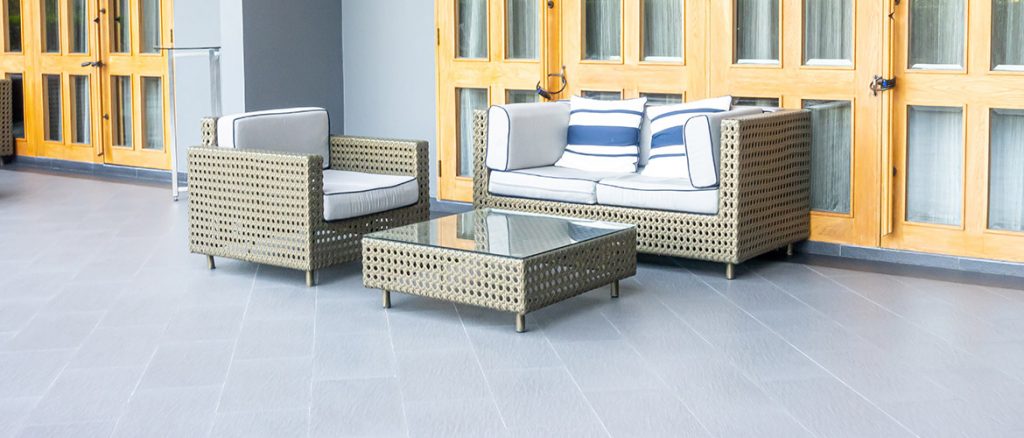
You can use any type of tile outside as long as it is sturdy and durable. When shopping for outdoor tiles, make sure to check the following factors:
- Hardness
- Porosity (aka water resistance)
- Weather resistance
- Low water absorbency
- High hardness rating
One of the best tiles to use outdoors are porcelain tiles. Check with your outdoor porcelain tiles supplier in India to find the best tiles for your exterior pathways, corridors, etc.
11. What’s the difference between indoor and outdoor tiles?
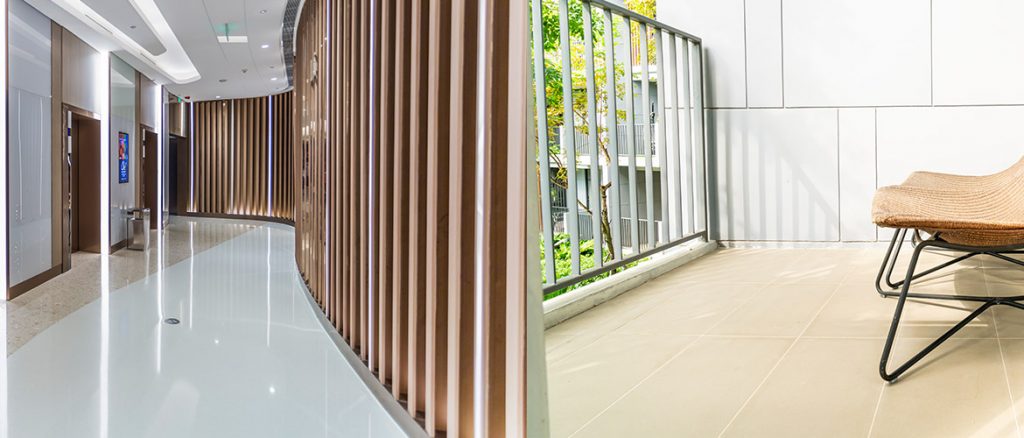
Outdoor tiles are generally designed to withstand harsh weather – rain, sleet, snow and shine. Also, most outdoor tiles are textured to make them slip-resistant. On the other hand, indoor tiles are glossy giving a smooth finish to the interiors. Note that indoor tiles are also available in matte finish.
12. What are bathroom tiles?
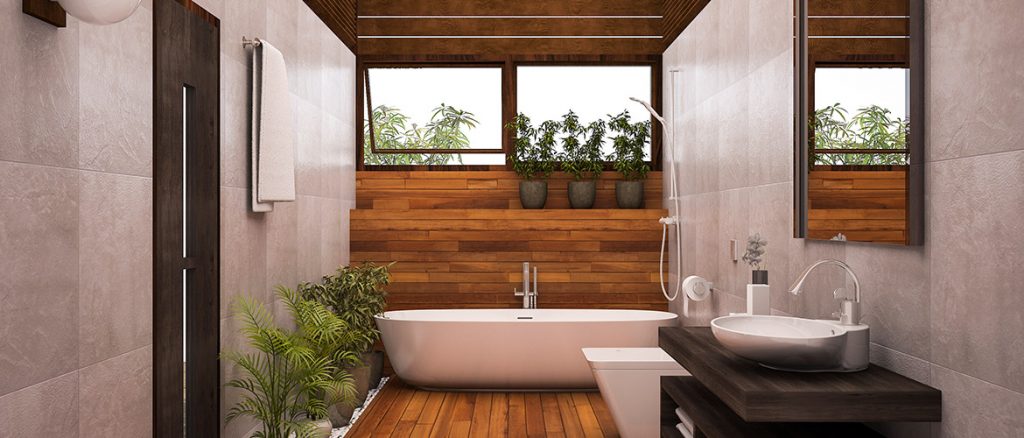
Any indoor/outdoor floor tile can be used on bathrooms. Just check with your porcelain ceramic supplier in uk to see the sealing requirements, before using a tile in a wet area like bathrooms.
13. How to select tiles for a wet area?
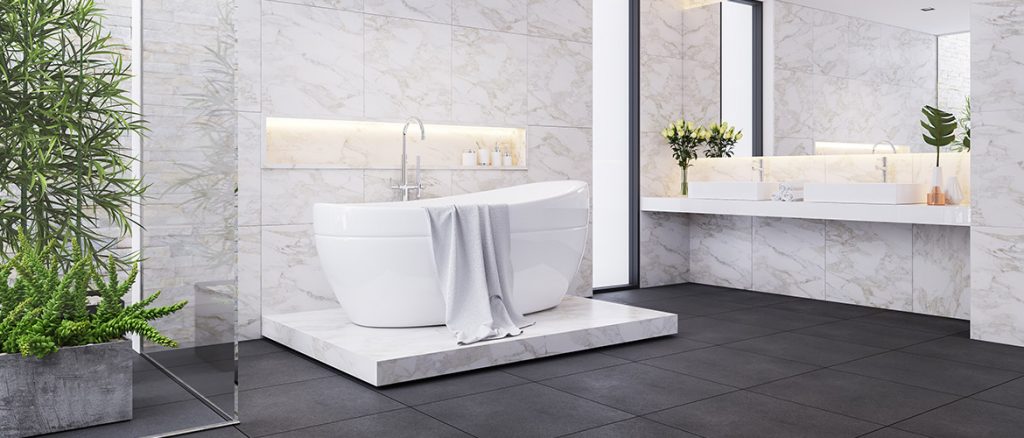
While selecting tiles for wet areas like bathrooms, consider these two factors:
- Slip resistance – the higher the more non-slippery the tile
- Water absorption rate – the lower the better
14. Do I need to seal porcelain tiles?

It depends on the tile type. Generally, most porcelain tiles are sealed to ensure a long life. If you’re unsure check with the tile manufacturer.
15. Can porcelain tiles be used around a fireplace?
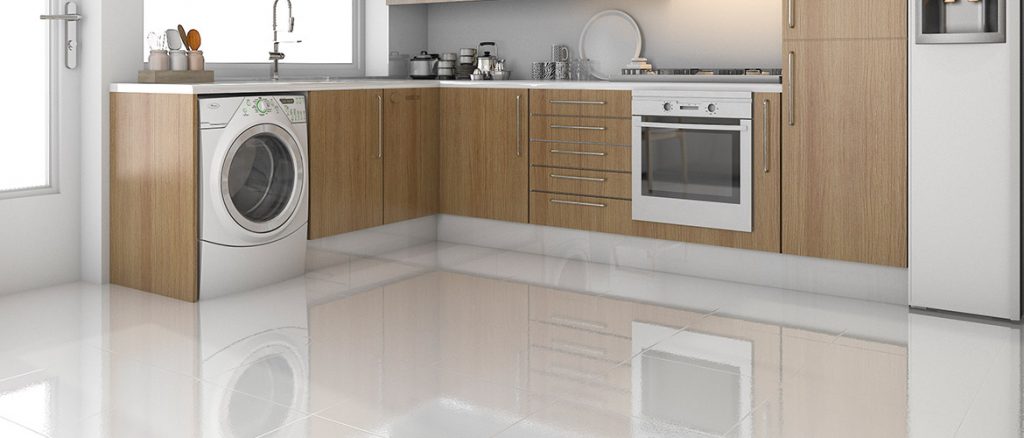
Yes, porcelain tiles are fire-resistant and do not catch fire. So, you can use them around fireplaces without any worries.
If you have any more queries on indoor or outdoor porcelain or ceramic tiles, just email us your questions. Our tile experts will provide you with the best answers and right solutions.




